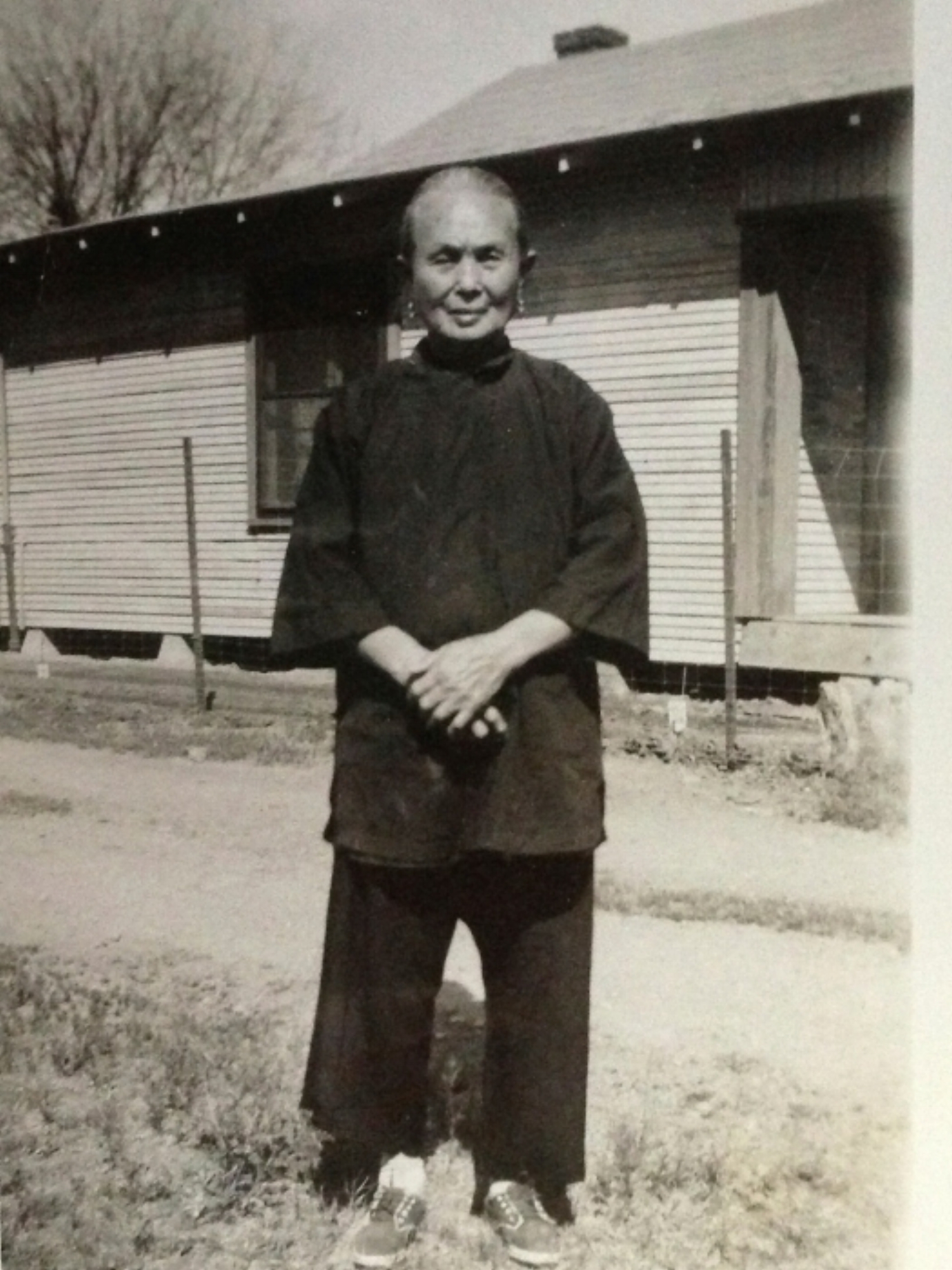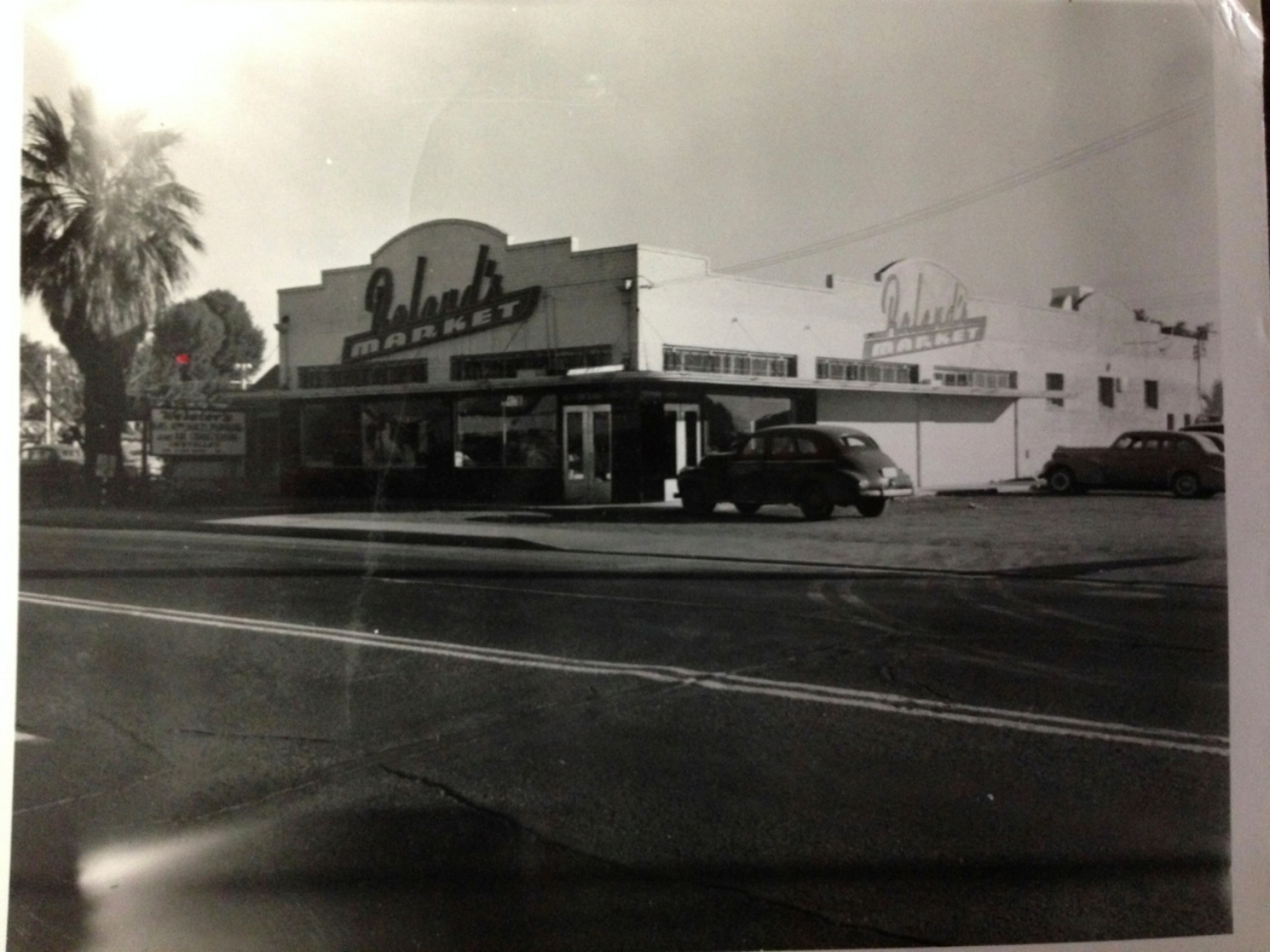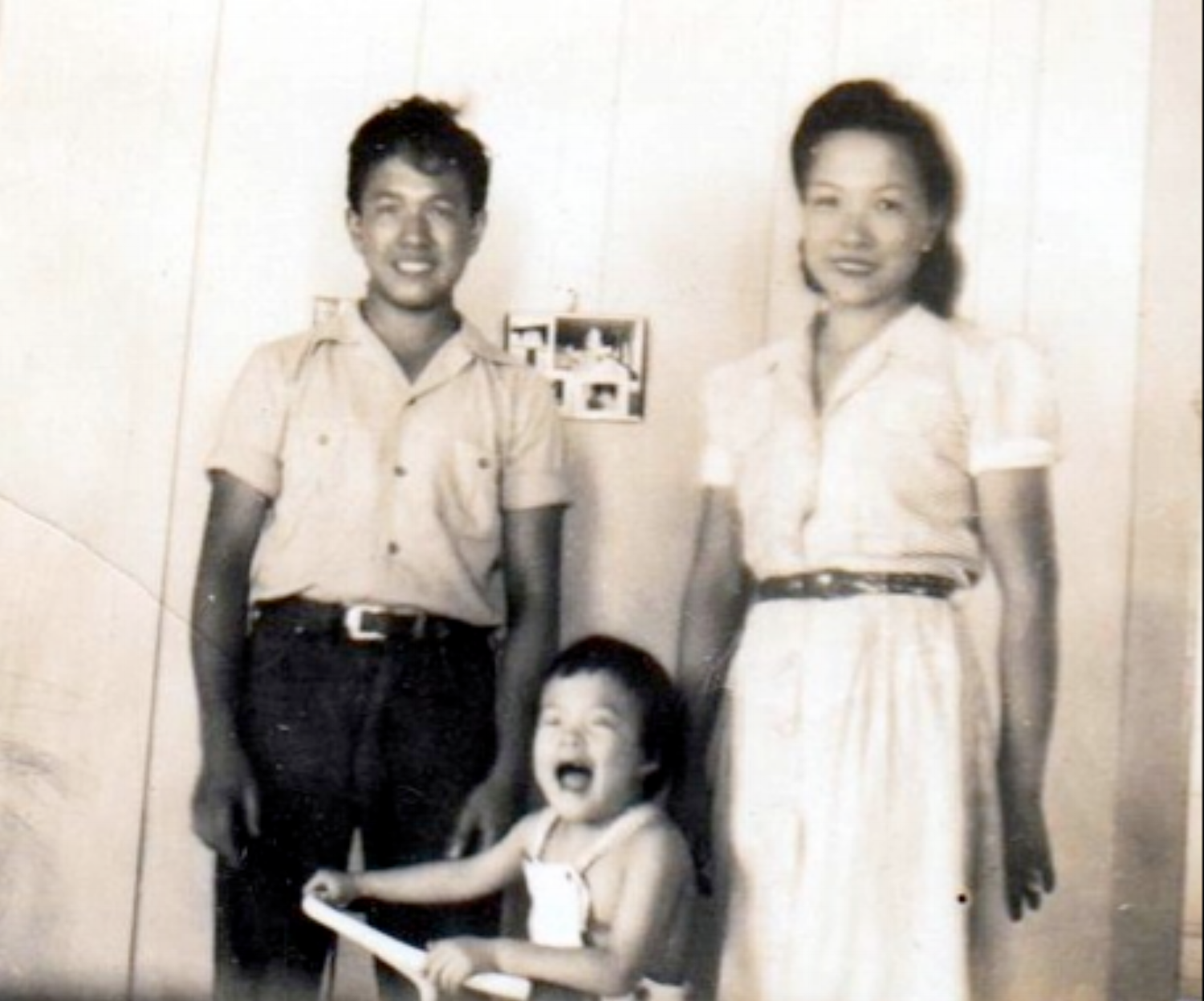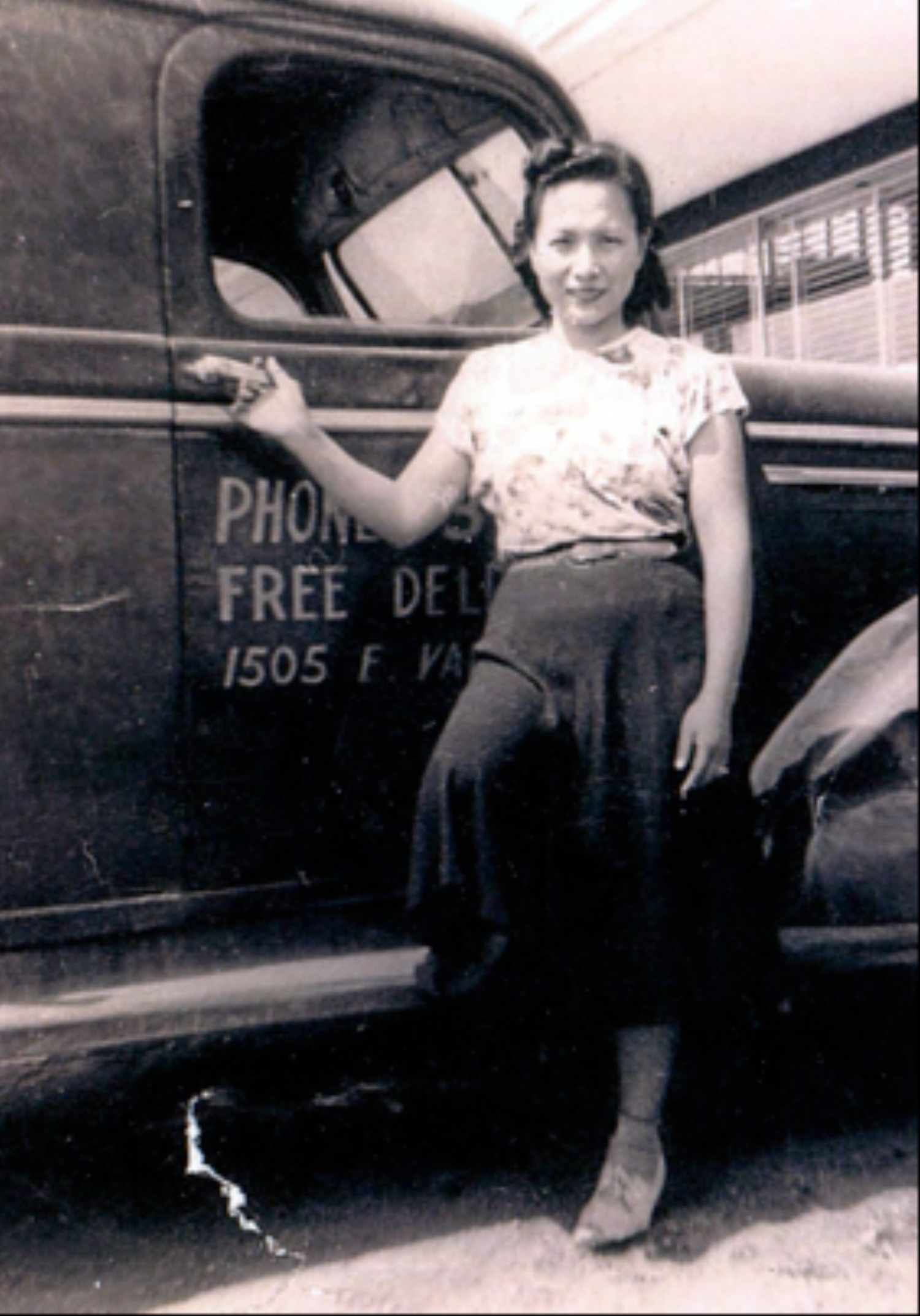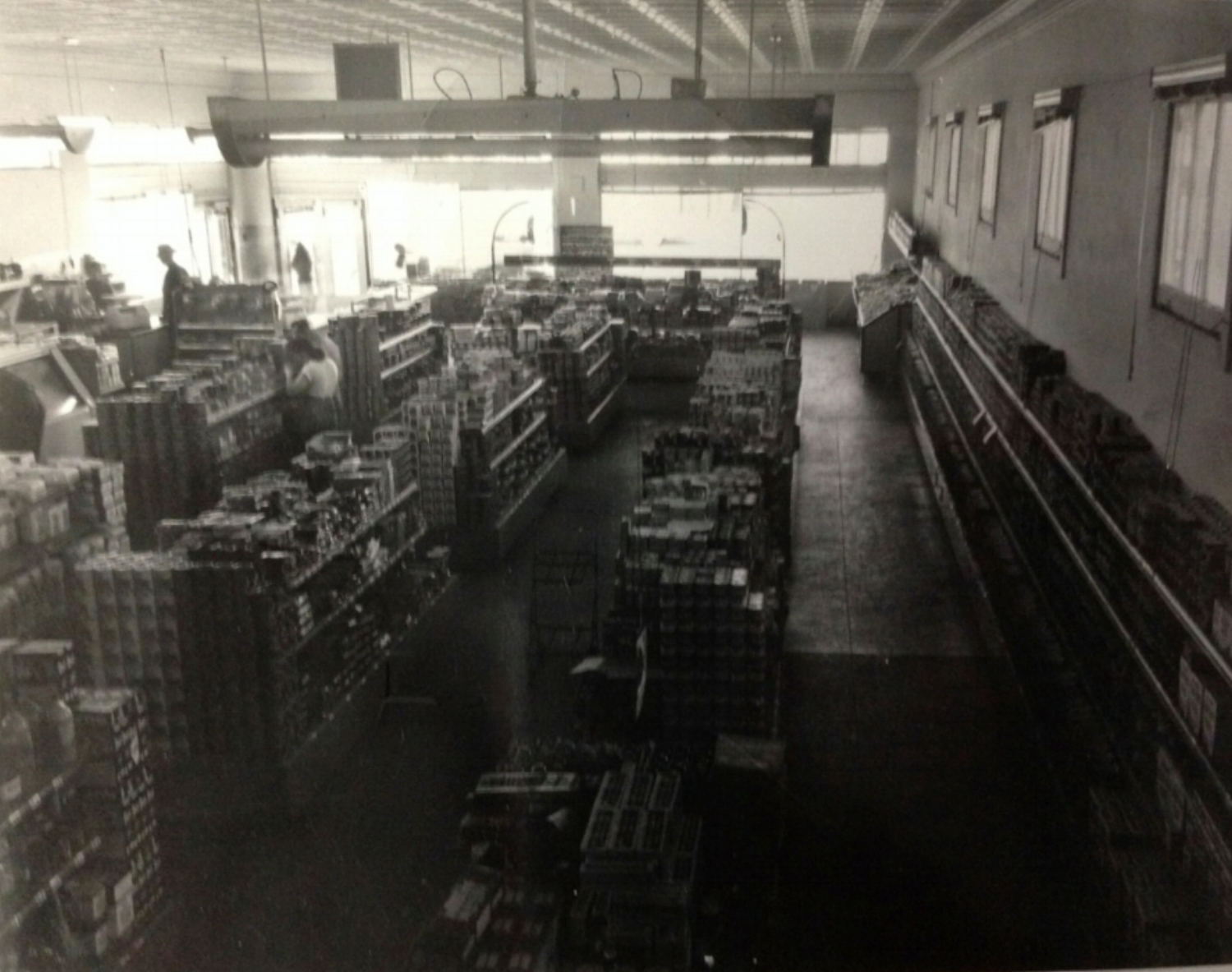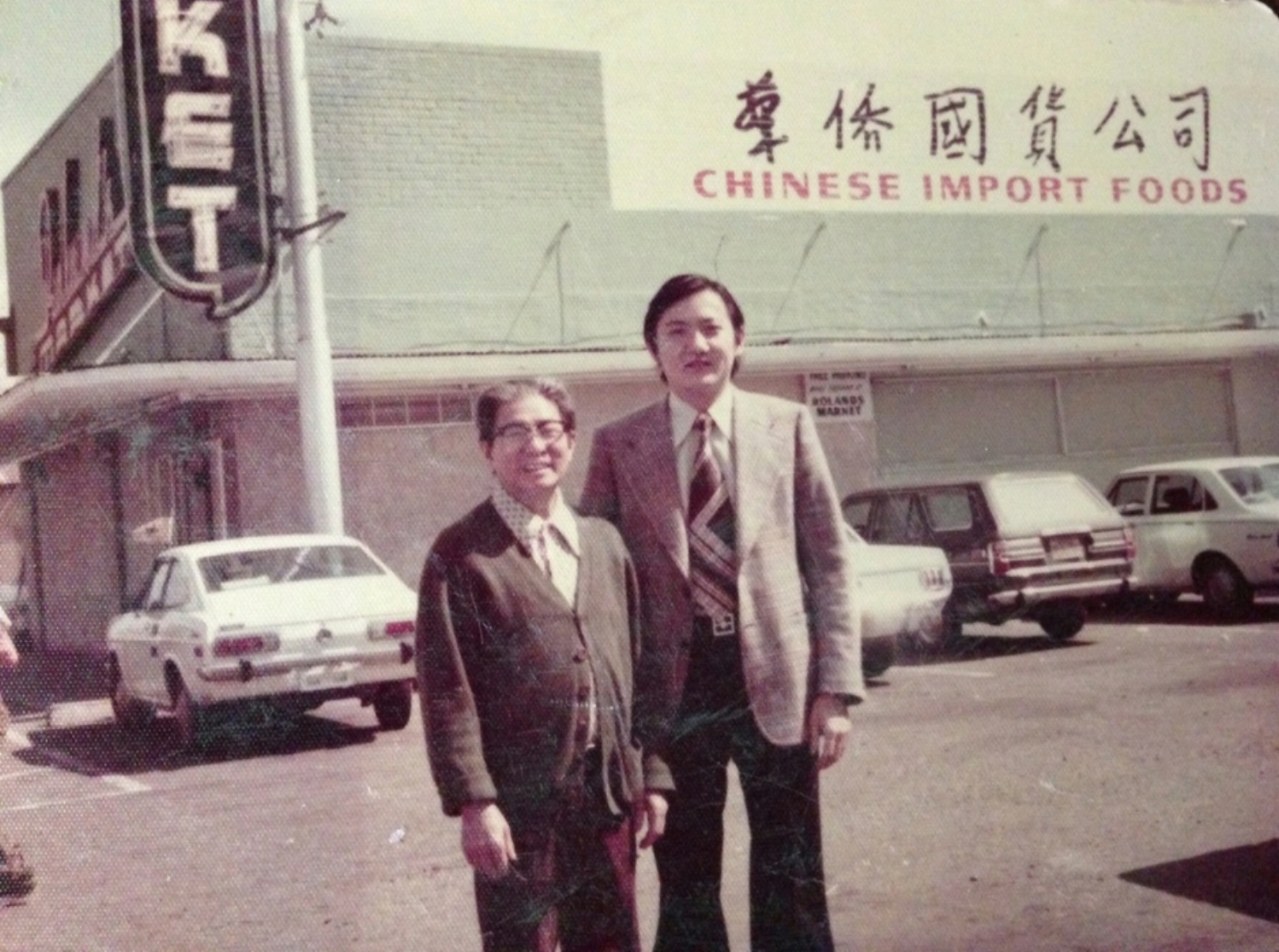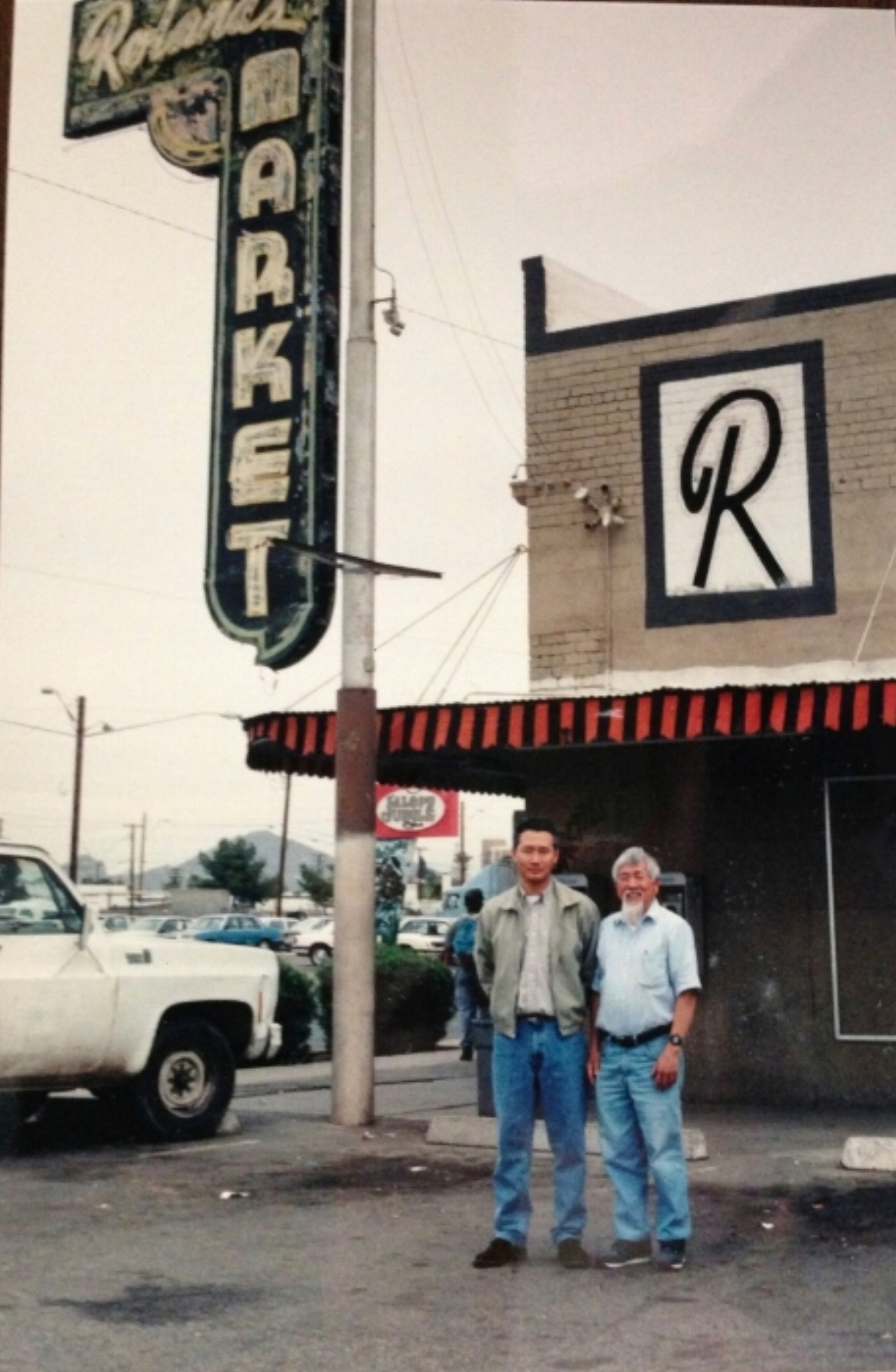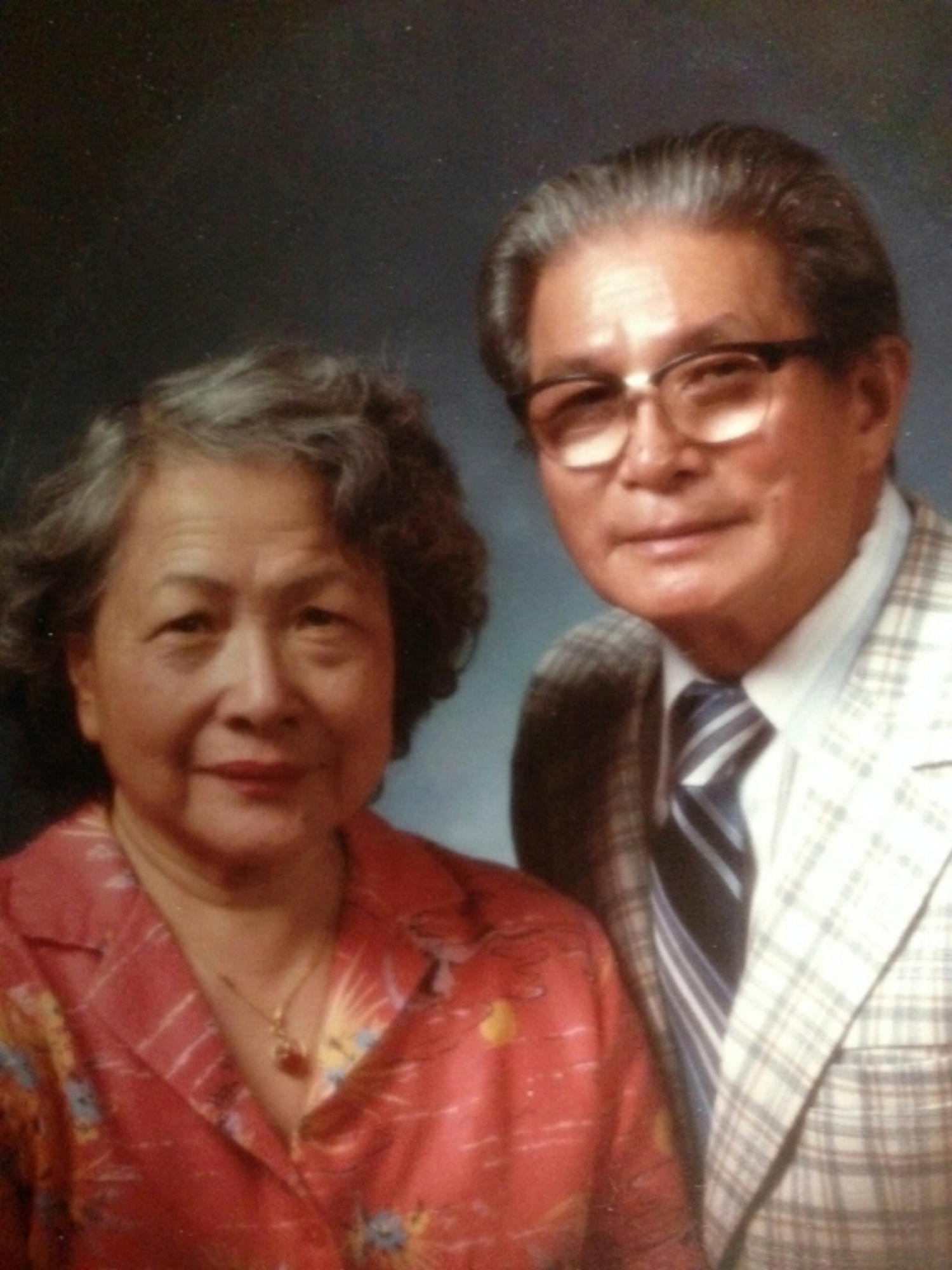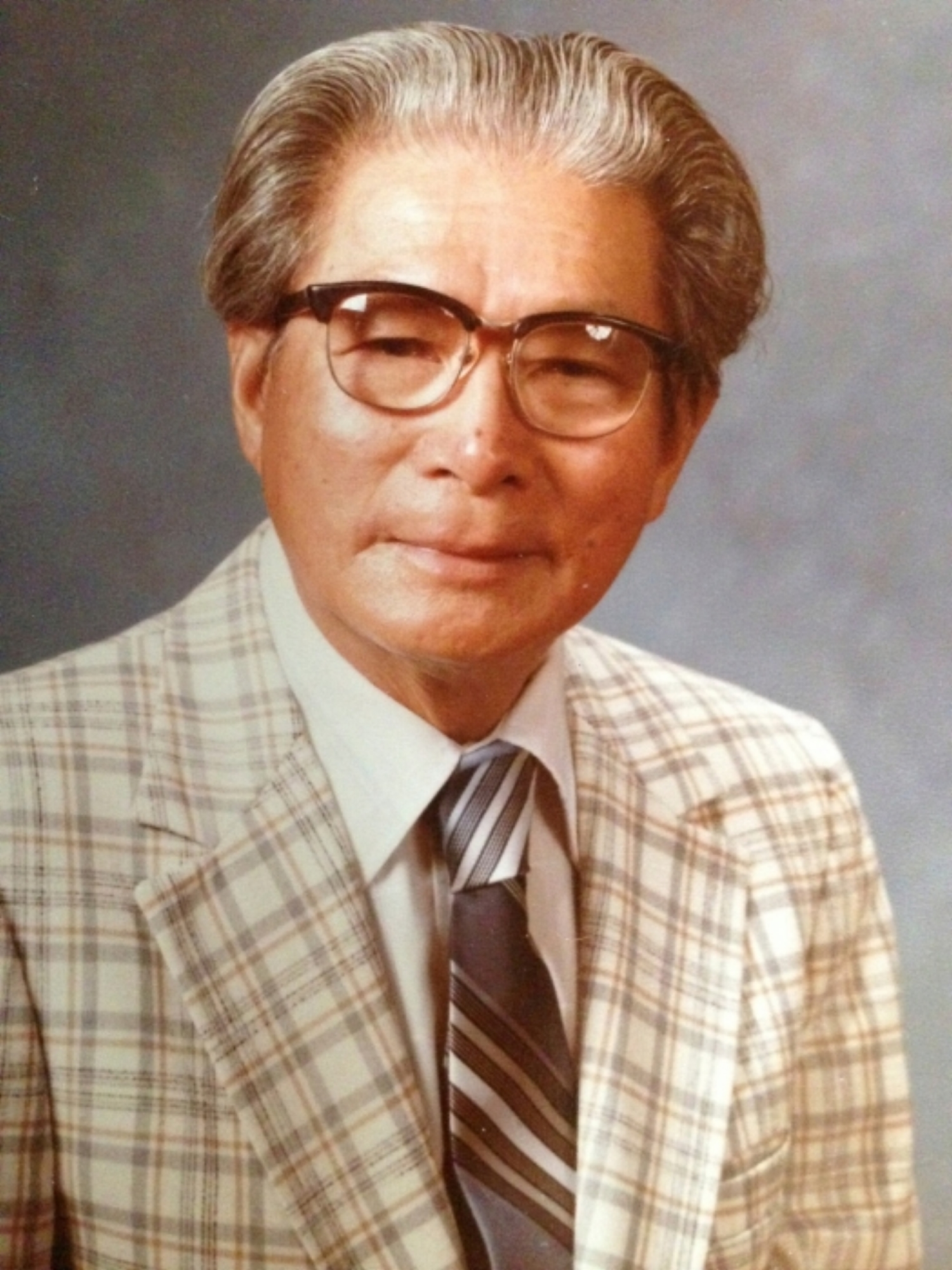THE ROLAND'S MARKET STORY:
In 1917, a small red brick building was built along the growing Phoenix hub of Van Buren Street. It existed as a small hard goods store, a grocery store, a Pay‘n Takeit, then in 1941 an ambitious young immigrant called Roland Ong bought it, using every last penny of his savings he turned it into his dream.
Roland was the son of Ah Gee Ong, a well-respected man from the Canton region of China. Ah Gee came to America in the late 1800’s to build a better life for his family, however the difficult immigration policies for Chinese women meant he had to leave behind his wife and young son, Kwong Thing.
Kwong Thing grew up with his loving mother, and, thanks to the money his father sent back to China, could afford to go to school in Shanghai. It was at school that Kwong first saw his beloved, Hom Lan Ma. Her beauty and kindness were irresistible and Kwong fell deeply in love. They were married and moved to the family village of Hoiping. In 1932 Hom gave birth to their son, Kai.
Shortly after Kai’s birth Kwong heard from his father in America. He had bought a grocery store in Phoenix, Arizona, and could afford to bring Kwong to the new world to help him run the family business. Kwong saw the opportunity to support his new family and promised to send for them as soon as he could afford their passage. He set out on the 5-month mail ship journey to America. When he landed in San Francisco on April 3rd 1933 he was Roland Ong.
Roland worked hard for his father and saved all his earnings. Finally, in 1939 he could afford the passage for his wife, son and mother to join him in America. Roland’s wife, Hom Lan, decided to pay a last visit to her mother in the Philippines, taking their son Kai with her. Hom Lan was uneasy, there was great unrest in China and Japan, and talk of a World War. She decided Kai would be safest with her mother in the Philippines, so she traveled to Hong Kong for her long journey to America alone. Upon arrival in the States, she became Jean Ong. Mrs. Ah Gee also made the long journey to Phoenix, so excited to see her husband after all these years, but she was heartbroken to discover that her husband, Roland’s father, had died just weeks before her arrival.
Roland sold the Ah Gee Grocery Store and used the money to buy his very own store. Roland and Jean Ong became the proud owners of Roland’s Market in 1941. In 1944 Jean gave birth to their daughter Lana. But their dream was still not complete, with their young son still in the Philippines and a war raging, there was no way for the family to be together. Roland tried and tried, spending much of his hard-earned money to reach Kai. Finally, in 1947, after 30 days at sea, Kai landed in America to join his mother and father. He hadn’t seen his father in over 15 years.
For the next 40 years, Roland and Jean worked tirelessly in their store, taking only one day off a year. Jean’s warm nature welcomed customers, while Roland developed a purchasing network in Canada, which enabled him to bring traditional Chinese food into the USA, something made almost impossible by the war. Roland’s Market became known throughout Phoenix as “the place you could buy real, Chinese traditional food”, and for having the best aged, hand cut beef. Business was good and the store was very prosperous.
Kai would work in the store helping his parents in between classes. He remained close with his grandmother, Mrs. Ah Gee, until her death in 1950.
In 1980, Roland and Jean took their son Kai and his family to see the China they had left. Family members remembered Kai as a boy and were very impressed with how tall Kai’s two sons (who were 12 and 13 at the time) were. A trip they would never forget.
Roland and Jean retired from the store in 1982, and rented it to a new family with dreams of running their own business.
Roland died in a car accident in 1989 near Phoenix, Arizona. Jean lived on for many years in her Scottsdale home, and died in 2013. Depending on what story she told, she was either 95, 98, 101 or 102 when she died.
The brick walls of Roland’s Market were painted over, and over time the shelves were filled with liquor, then nothing. Then, in 2016, a group of passionate downtown Phoenicians dusted off the old building. They uncovered the tin ceilings, peeled back the paint, and discovered not just a building, but walls filled with dreams, ambitions, and most importantly, a family history that had breathed life into them. What life will Roland’s Market live next?

